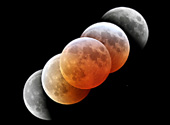
A perfect eclipse
by Lorenzo Comolli
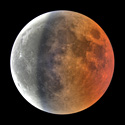
 |
A perfect eclipse by Lorenzo Comolli |
 |
| Animations |
|
 |
 |
| AVI
animation of the whole ecliplse, from 20.02 UT to 2.30 UT, at 1 min
steps. (10MB, divx codec required) |
GIF
animation of the daily lunar libration, caused from the displacement of
the observing site. Obtained from two images with a time interval of 7h
28m. |
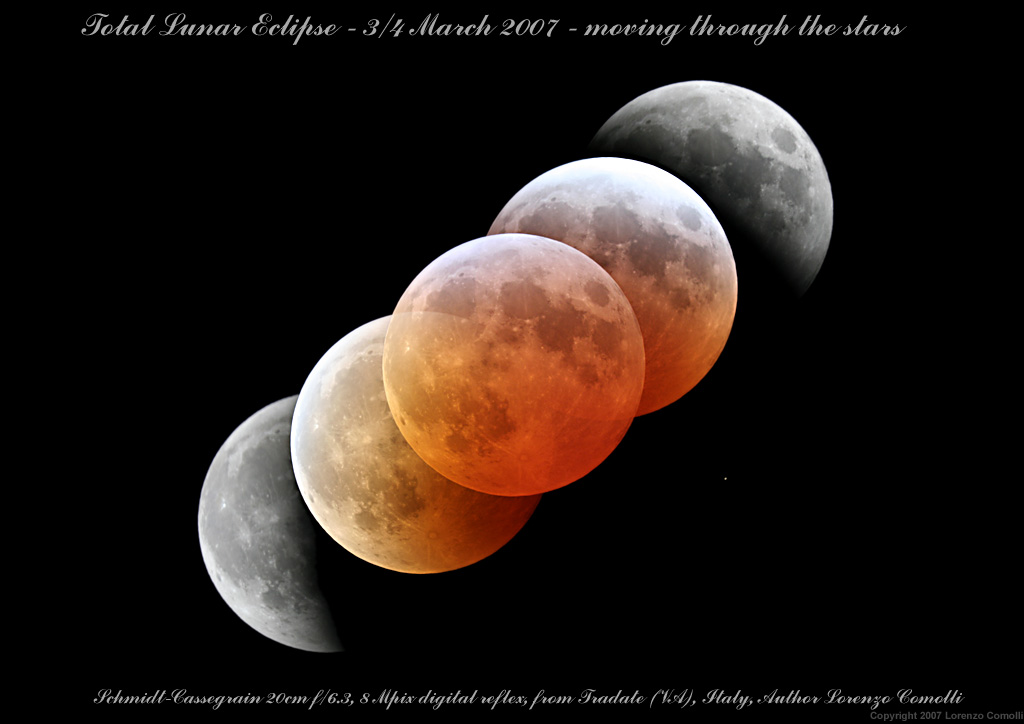
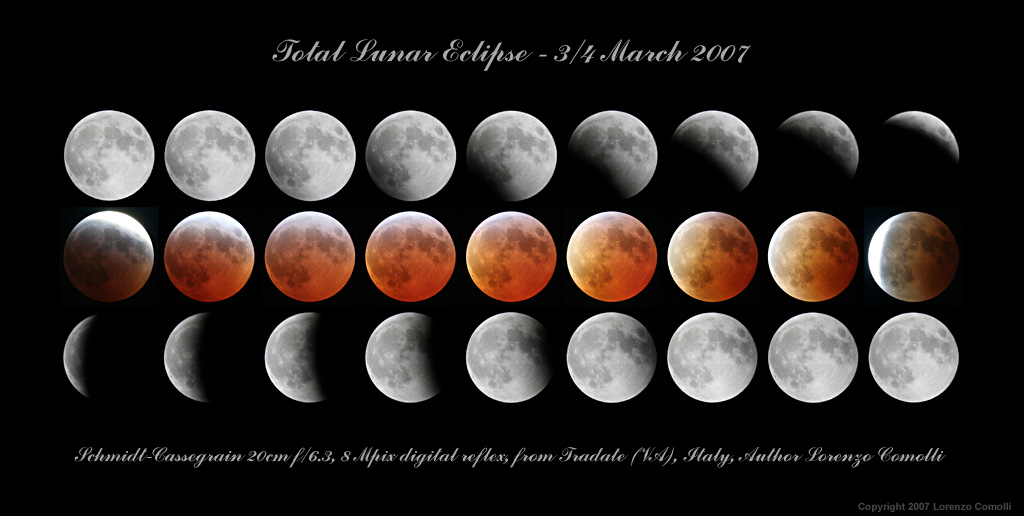
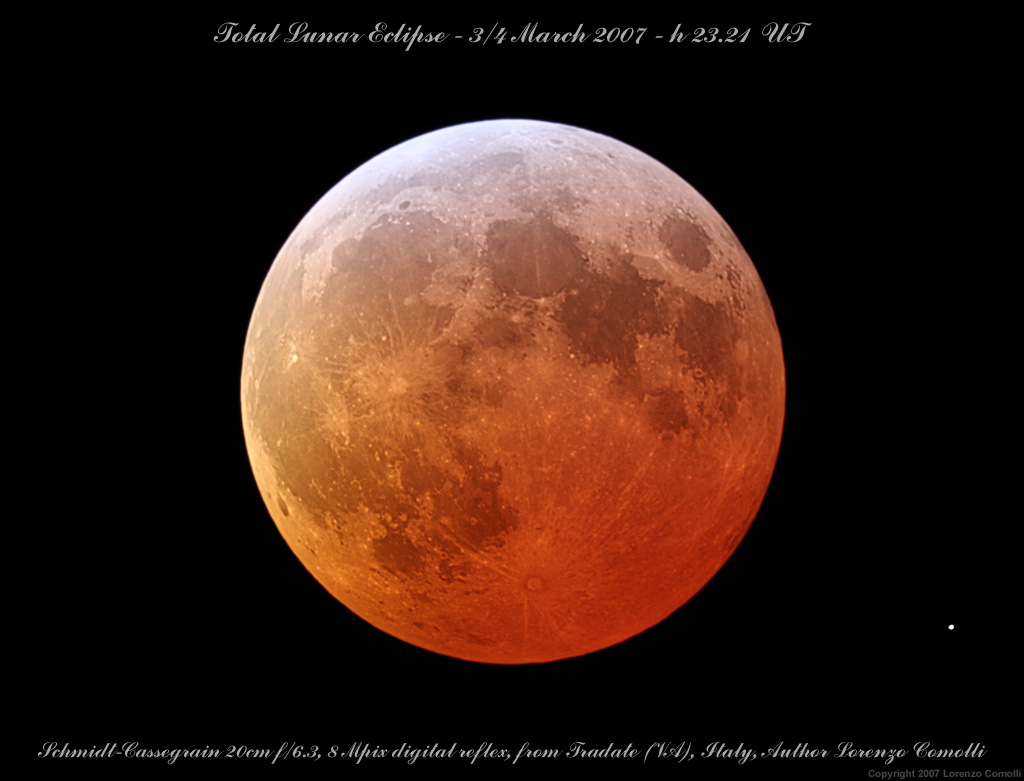
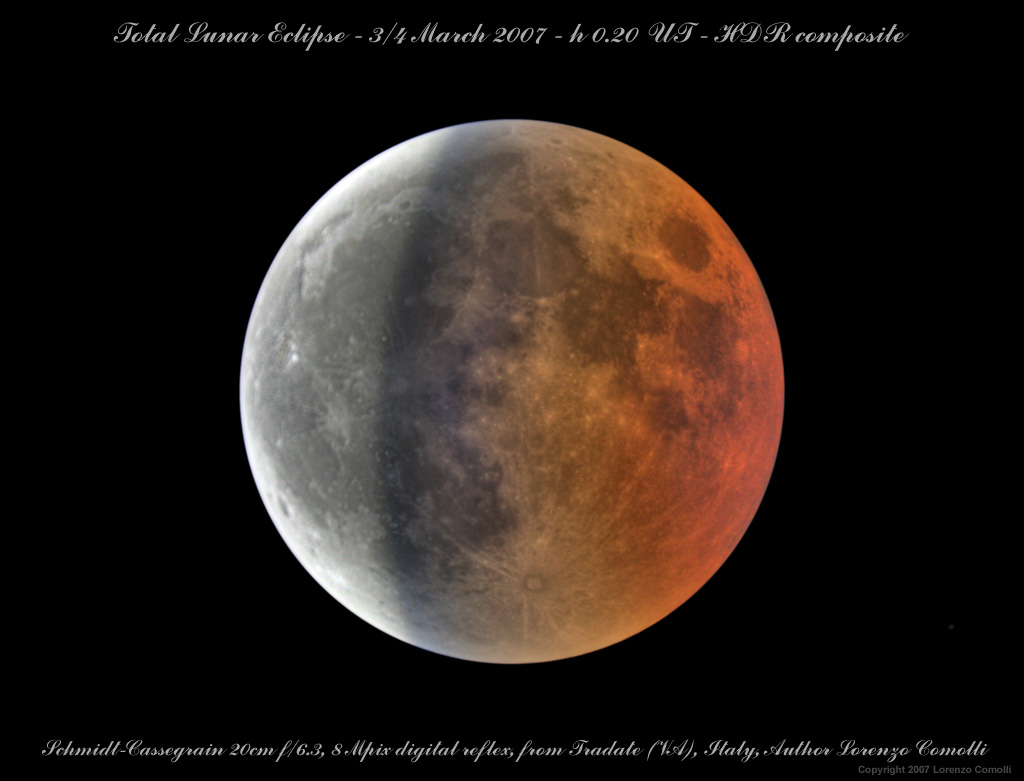
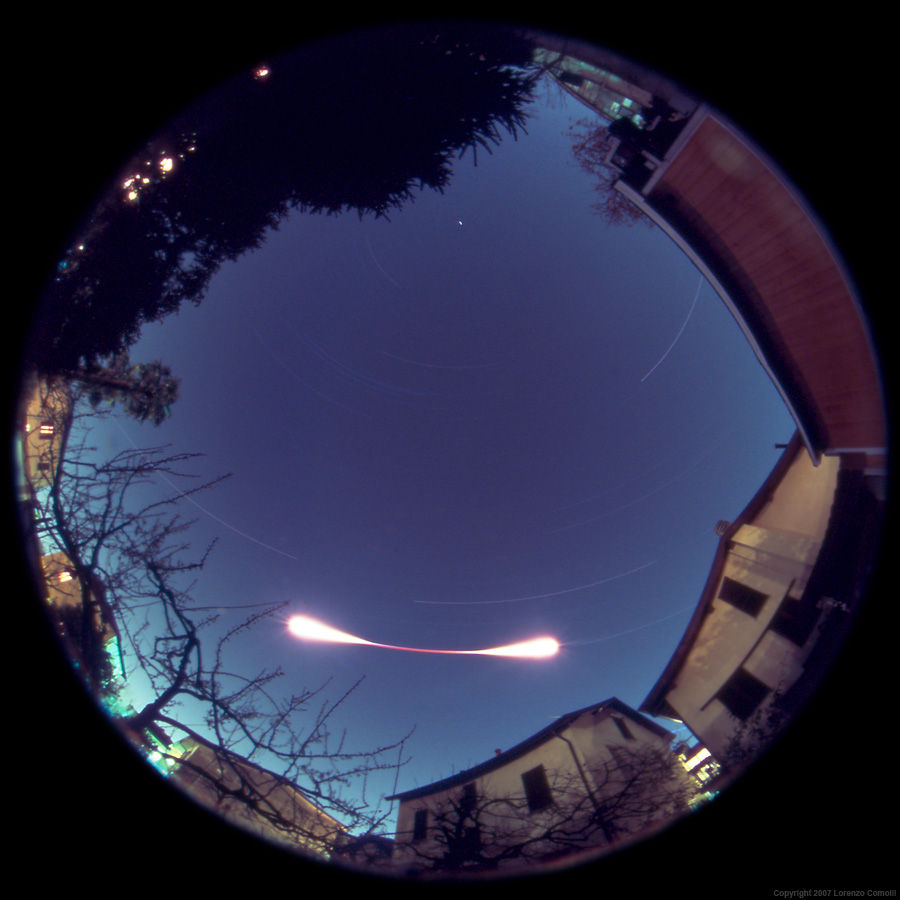
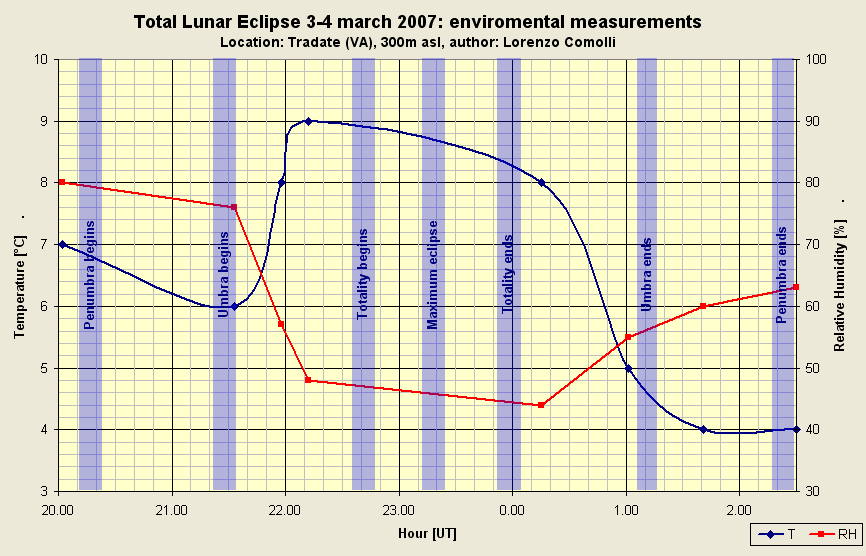

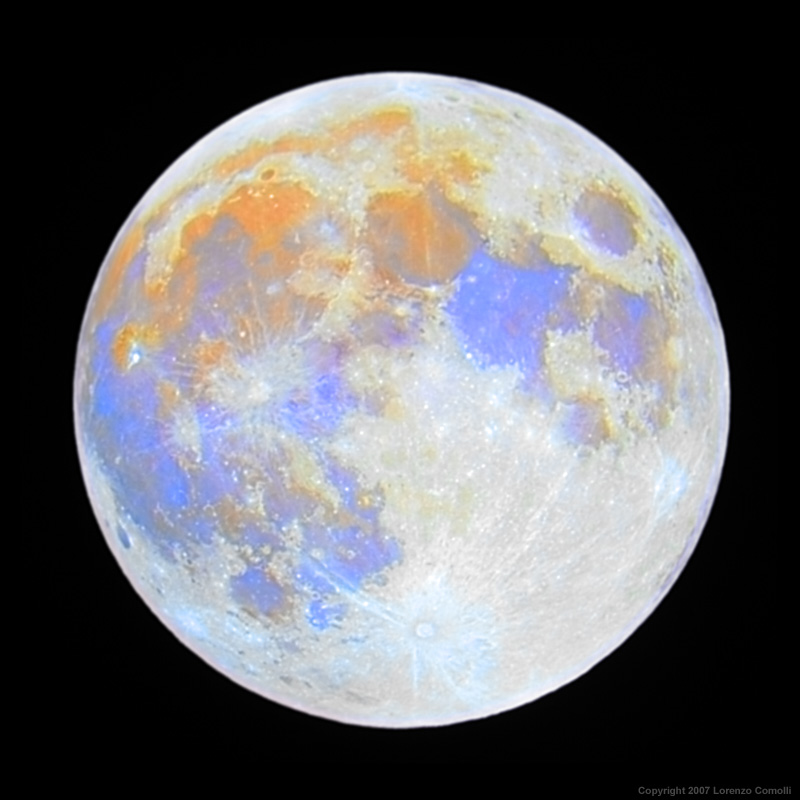
|
|